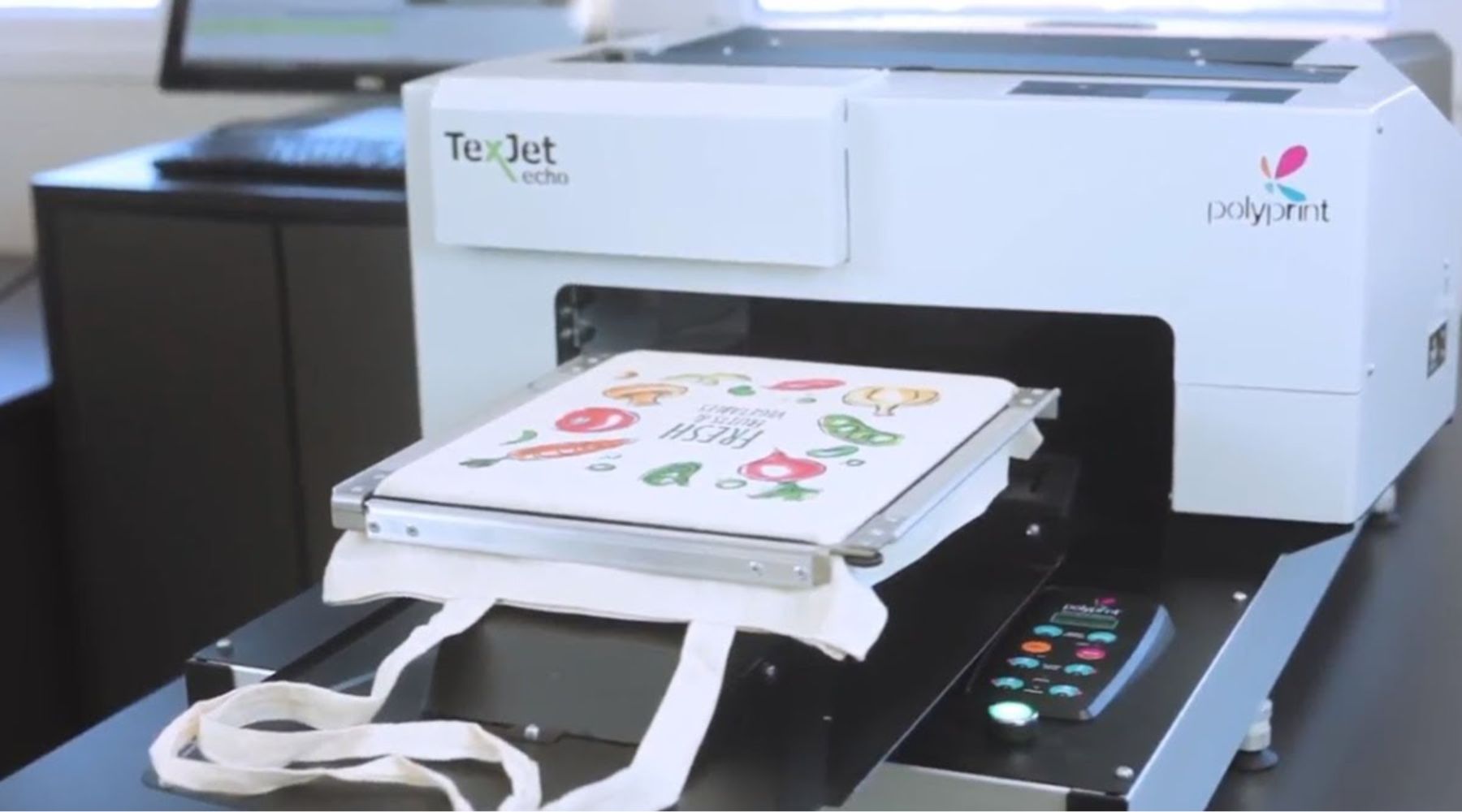Ever wondered how those vibrant, personalized designs end up on your favorite mug or T-shirt? That's the magic of sublimation printing! In this blog post, we're going to peel back the curtain and explore the fascinating world of sublimation printing. From its humble beginnings to its modern-day applications, we'll uncover the evolution of this innovative technology and why it's become the go-to choice for creating stunning, durable prints. So, grab a seat and get ready to dive into the colorful world of sublimation printing!
How Sublimation Printing Works
At its core, sublimation is all about turning a solid directly into a gas without it becoming a liquid in between. This process is key because it allows the dye in sublimation ink to bond with polyester fibers or polymer coatings on various items. To get started with sublimation printing, you'll need three main things: sublimation ink, sublimation paper, and a heat press. The ink is specially formulated to sublimate when exposed to heat, while the paper acts as a carrier to transfer the design onto the final product. The heat press is used to apply heat and pressure, activating the sublimation process and transferring the design onto the substrate.
Color profiles and management are also crucial in sublimation printing. Since sublimation ink can be affected by temperature and pressure variations, it's essential to use the correct color profiles for your printer and monitor. This ensures that the colors in your design are accurately represented and that you achieve the desired results. Understanding these fundamentals of sublimation printing will help you create stunning, long-lasting prints that stand out from the crowd.
Sublimation Printing Equipment and Setup
Alright, let's talk about the gear you need to get your sublimation game on point!
Sublimation Printer
There are two main types to choose from: desktop printers and wide-format printers. Desktop printers are great for small-scale projects and can handle standard paper sizes, while wide-format printers are ideal for larger prints and can handle bigger paper rolls.
Heat Press Machine
These bad boys come in various types, sizes, and with different features. For example, clamshell presses have a top platen that opens like a clamshell, while swing-away presses swing the top platen away from the bottom platen. The size of your press will depend on the size of your projects, so make sure to choose one that suits your needs. Features like digital temperature and timer controls can also make your life a lot easier.
Sublimation Ink
Sublimation inks are specially formulated to sublimate when exposed to heat, so make sure you're using the right kind for your printer. These inks come in a variety of colors, giving you plenty of options to create vibrant designs. Make sure to check the compatibility of the ink with your printer to avoid any hiccups.
Sublimation Paper
This paper is coated to absorb the sublimation ink and release it onto your substrate when heat is applied. It comes in different sizes, so choose one that matches your printer and project needs. Considerations when choosing paper include weight, size, and whether it's suitable for your specific printer and ink.
Workspace Reminders
When setting up your sublimation printing workspace, there are a few things to keep in mind.
- Ventilation is crucial when working with sublimation ink, so make sure your workspace is well-ventilated to avoid inhaling any fumes.
- You'll also need enough space for your printer, heat press, and other equipment, so plan accordingly.
- Safety should always come first, so make sure your workspace is free of clutter and that you have the necessary safety gear, such as heat-resistant gloves and goggles.
With the right equipment and setup, you'll be ready to create stunning sublimated products in no time!
Best Applications for Sublimation Printing
Sublimation printing opens up a world of creative possibilities, making it perfect for a wide range of applications.
- Apparel and textiles: T-shirts, hoodies, leggings, socks, and more
- Home décor: pillows, blankets, towels, curtains, and rugs
- Promotional products: mugs, water bottles, keychains, coasters, and mouse pads
- Personalized gifts: phone cases, laptop sleeves, photo frames, and puzzles
- Industrial applications: signage, banners, flags, and interior decorations
In Conclusion
Sublimation printing is a versatile and innovative printing method that offers endless possibilities for creativity. From vibrant apparel to personalized gifts, sublimation printing allows you to bring your designs to life in stunning detail. By understanding the fundamentals of sublimation printing, including how it works, the equipment needed, and its best applications, you can unlock a world of opportunities for your personal projects or business. So, whether you're just starting out or looking to expand your printing capabilities, sublimation printing is a fantastic choice that is sure to impress.
Choose Sublimation Master for all your sublimation printing needs. If you need extra assistance, we’re more than happy to help! Get in touch with us at info@sublimationmaster.com and we’ll get back to you as soon as we can.
Frequently Asked Questions
What materials can be used for sublimation printing?
Sublimation printing works best on polyester fabrics or polymer-coated items. This is because sublimation ink sublimates into a gas under heat and bonds with the polyester fibers or polymer coating, resulting in vibrant and durable prints. The higher the polyester content, the more vivid the colors will appear on the final product.
What types of designs work best for sublimation printing?
Designs with vibrant colors and high resolution work best for sublimation printing. Sublimation ink is translucent, so the color of the substrate will affect the final appearance of the print. Designs with white or light-colored backgrounds tend to show colors more accurately.
How do I ensure my sublimation prints are vibrant and long-lasting?
To ensure vibrant and long-lasting sublimation prints, use high-quality sublimation ink, paper, and substrates. Follow manufacturer guidelines for heat press temperature, pressure, and time settings. Properly pre-pressing substrates and ensuring even heat distribution during pressing can also enhance print quality and longevity.
What are the common issues faced in sublimation printing, and how can they be resolved?
Common issues in sublimation printing include faded prints, ghosting, and inconsistent colors. These can be resolved by ensuring proper heat press settings, using high-quality materials, and calibrating equipment regularly. Pre-pressing substrates, using the correct color profiles, and avoiding moisture in materials can also help prevent these issues.
We dive deeper into this in our How to Troubleshoot Common Sublimation Printing Issues article.
What are the best applications for sublimation printing in terms of products and industries?
Sublimation printing is versatile and can be used to create a wide range of products. Some popular applications include custom apparel (T-shirts, hoodies), home décor (pillows, blankets), promotional products (mugs, keychains), and personalized gifts (phone cases, photo frames). Industries such as fashion, home goods, and promotional marketing can benefit from sublimation printing.
What are the environmental considerations of sublimation printing?
Sublimation printing is considered to be a relatively environmentally friendly printing method compared to other traditional methods. It produces minimal waste as only the ink that is absorbed by the substrate is used, and there are no additional chemicals or solvents involved. However, it's essential to use sublimation inks that are eco-friendly and comply with environmental regulations. Proper disposal of sublimation waste and recycling of materials can further reduce the environmental impact of sublimation printing.



